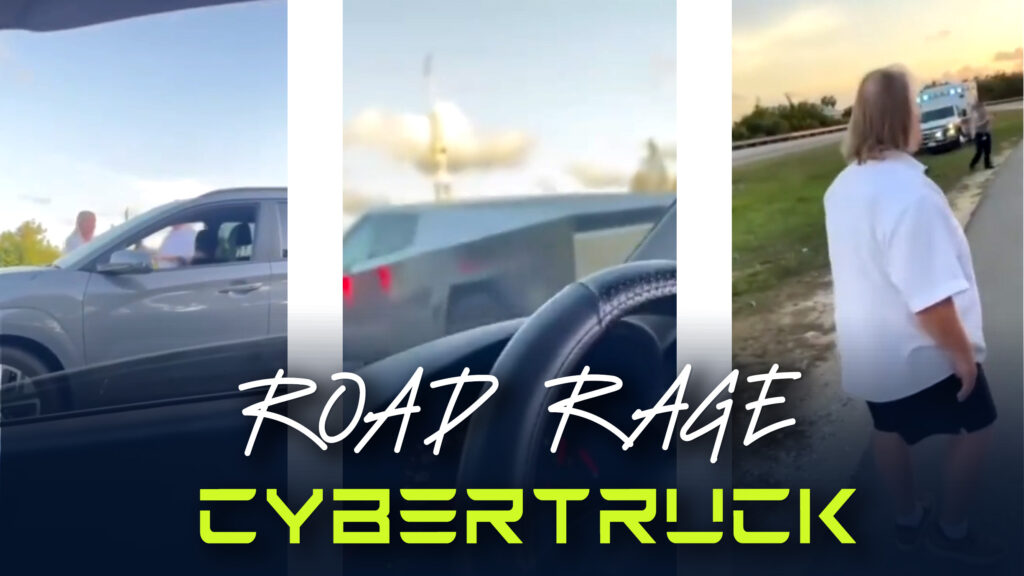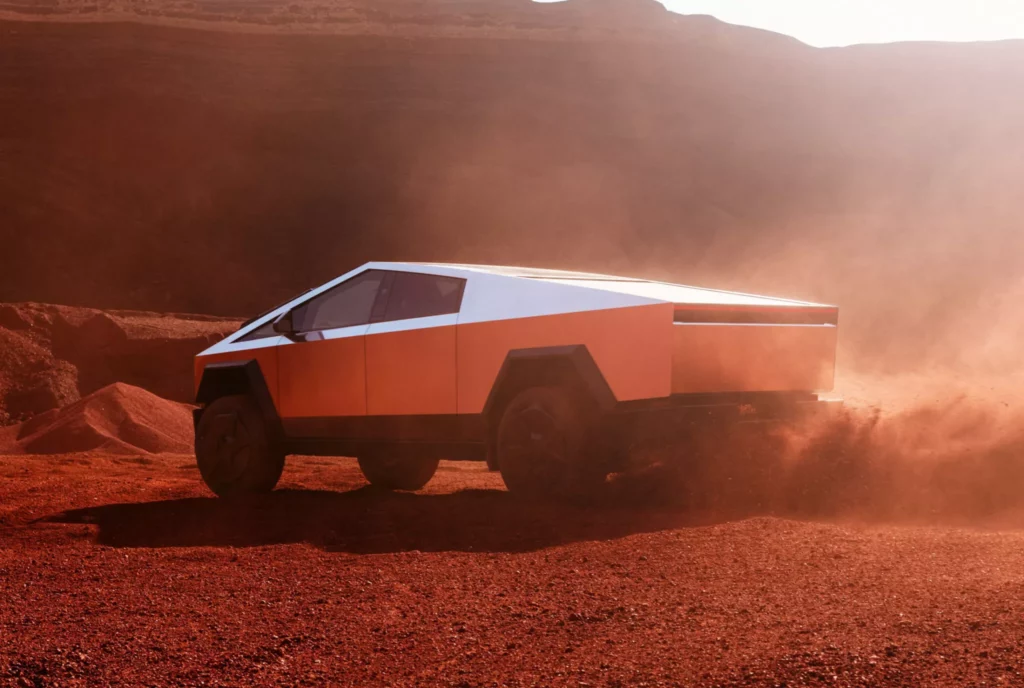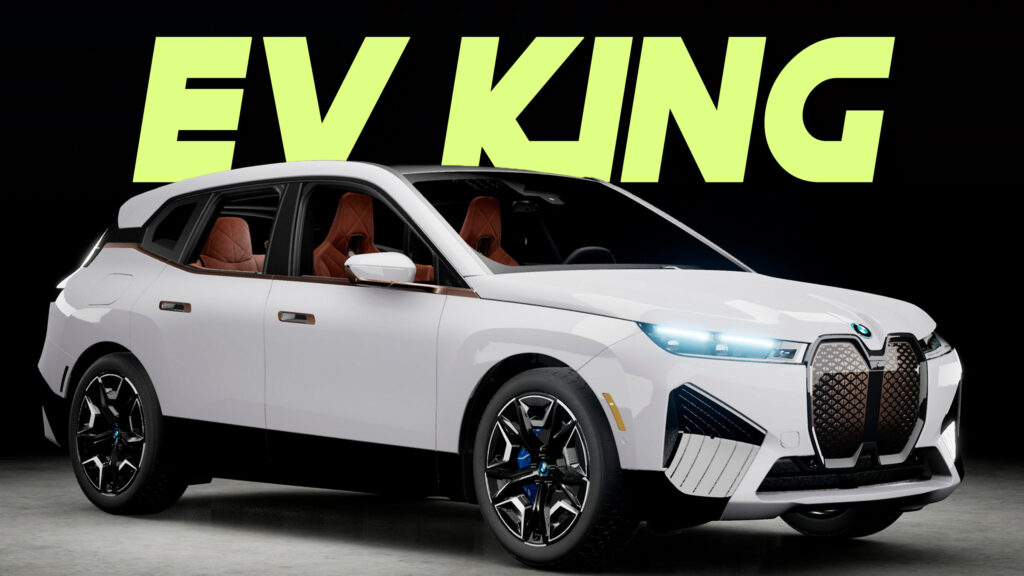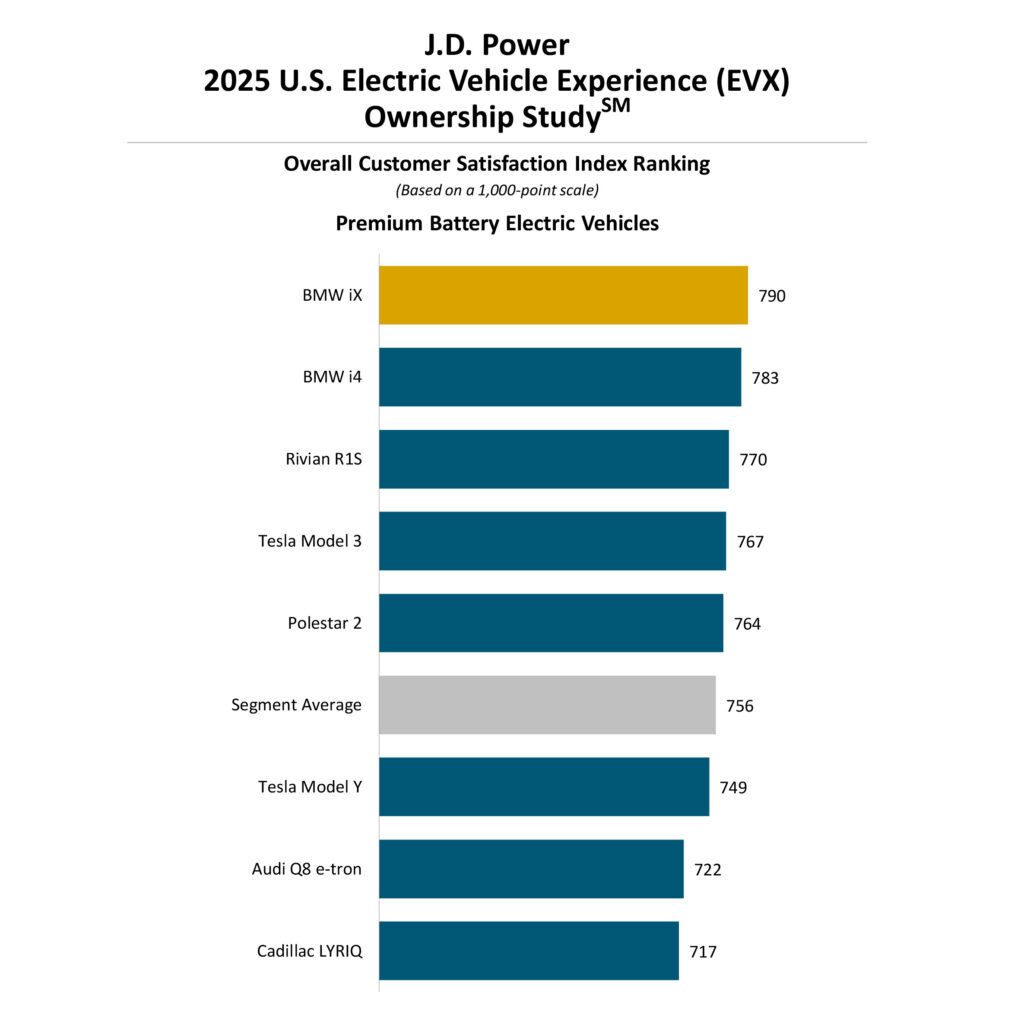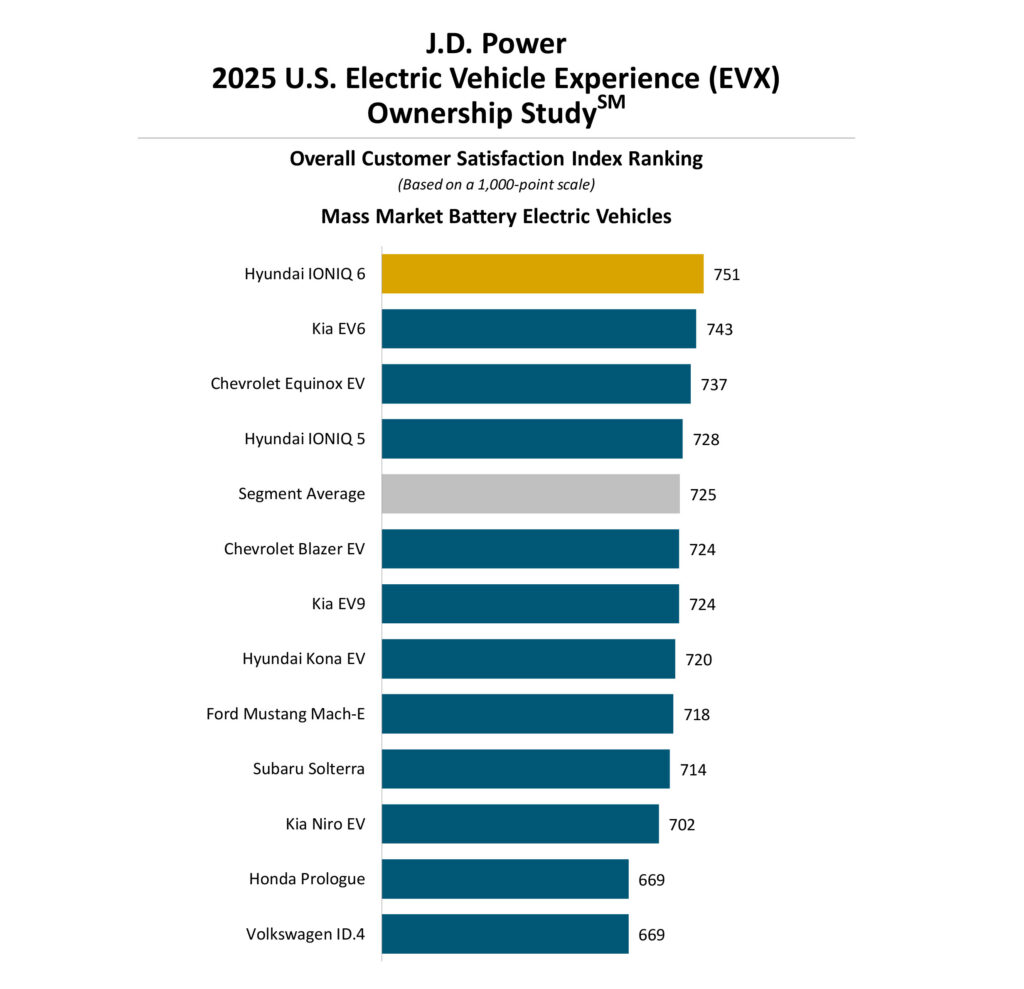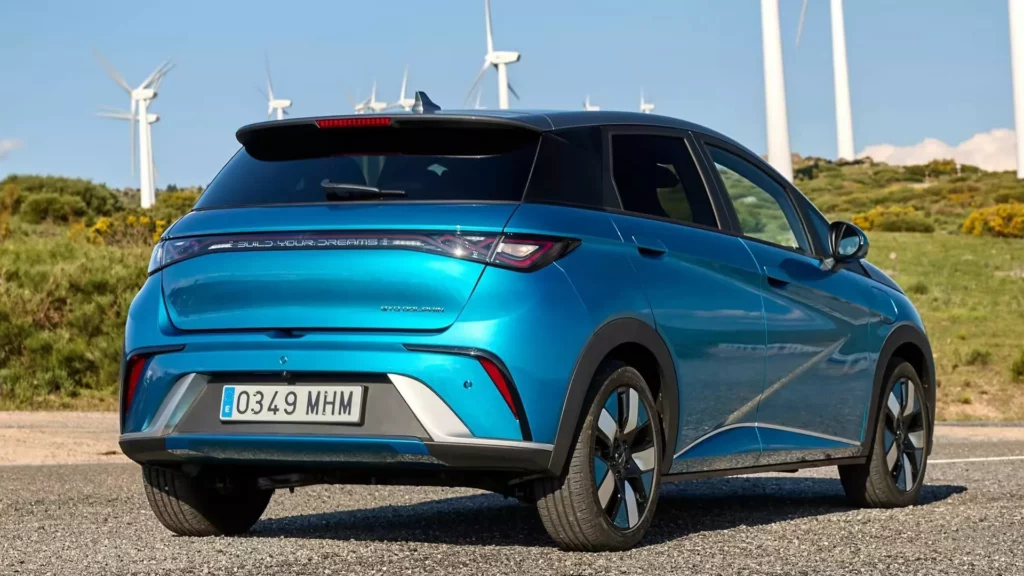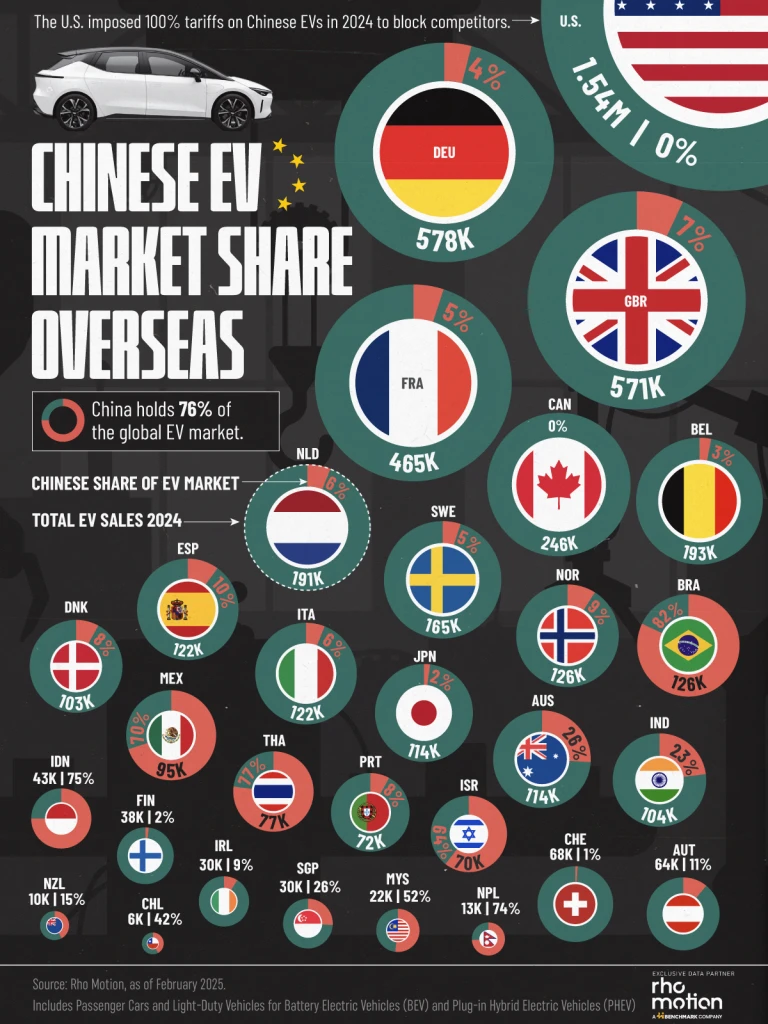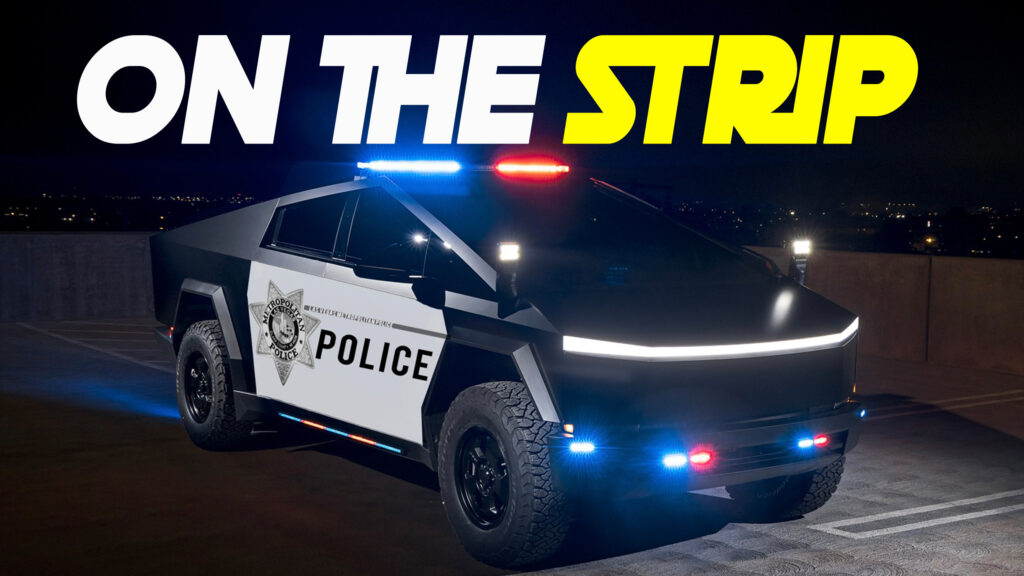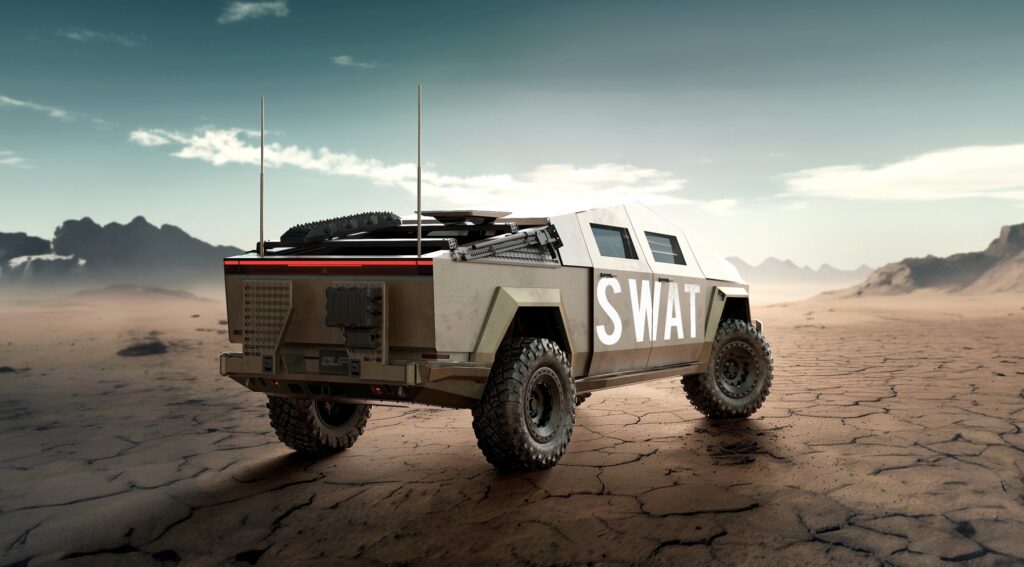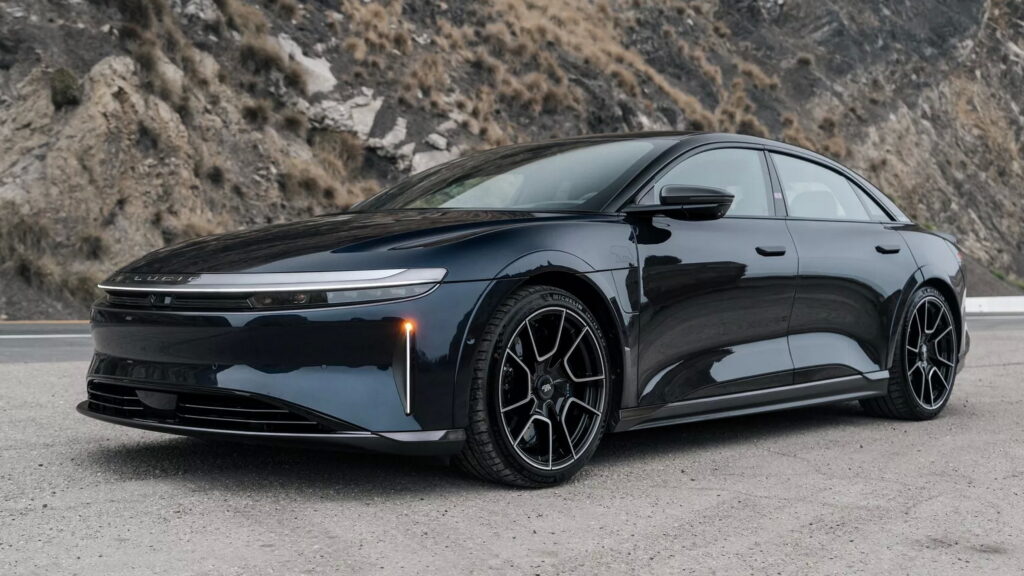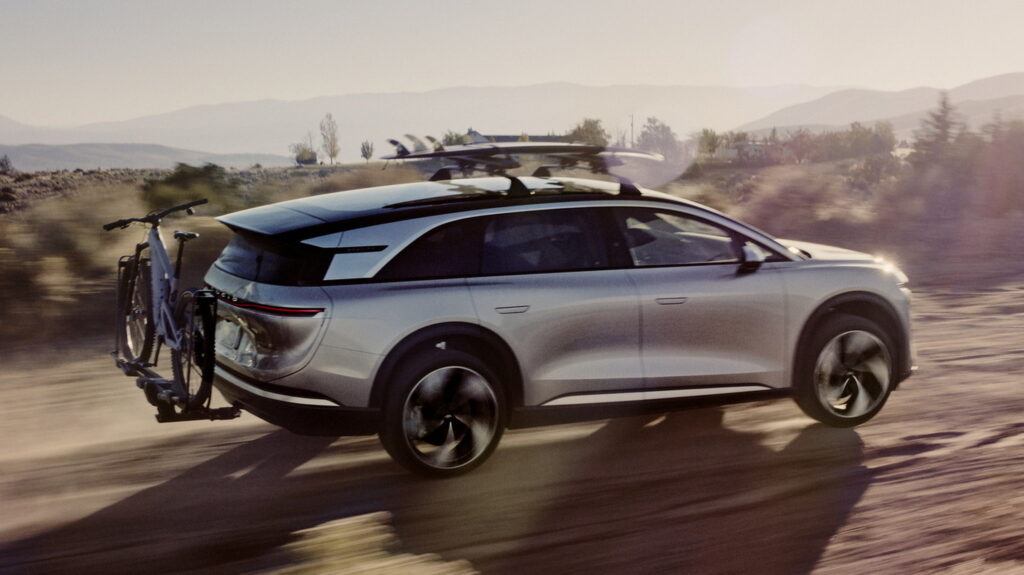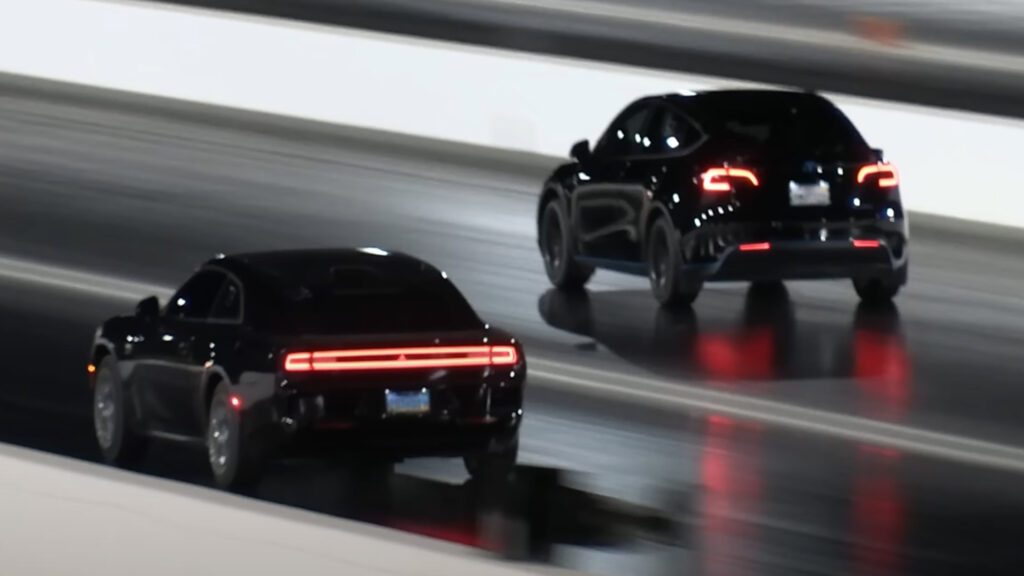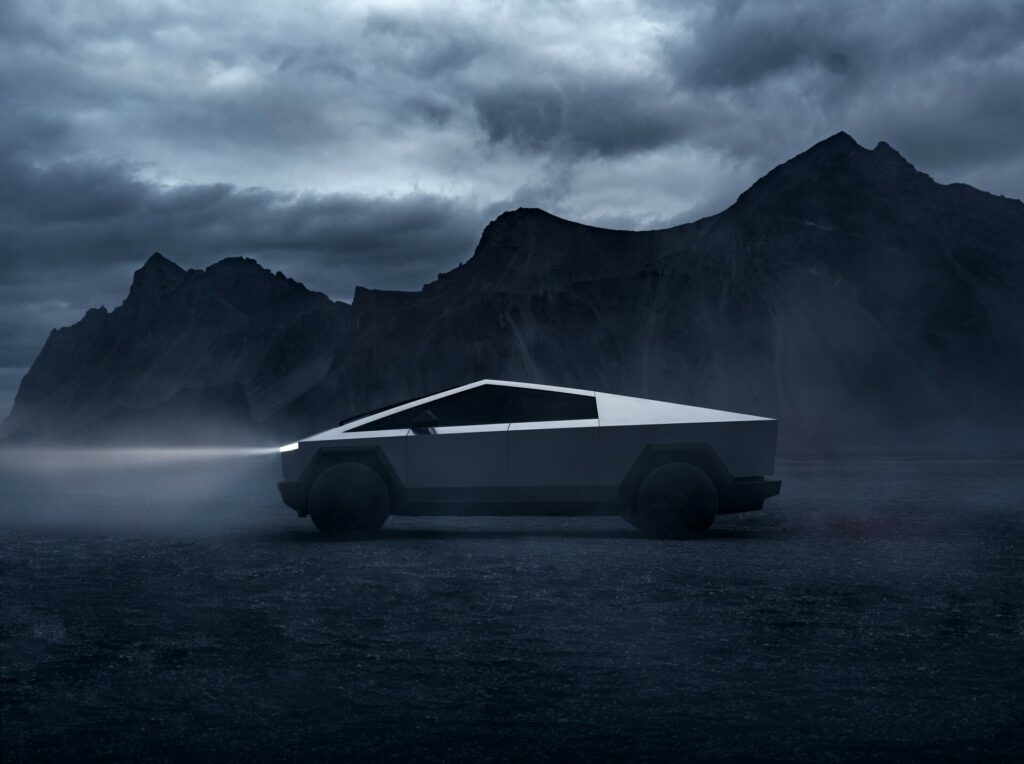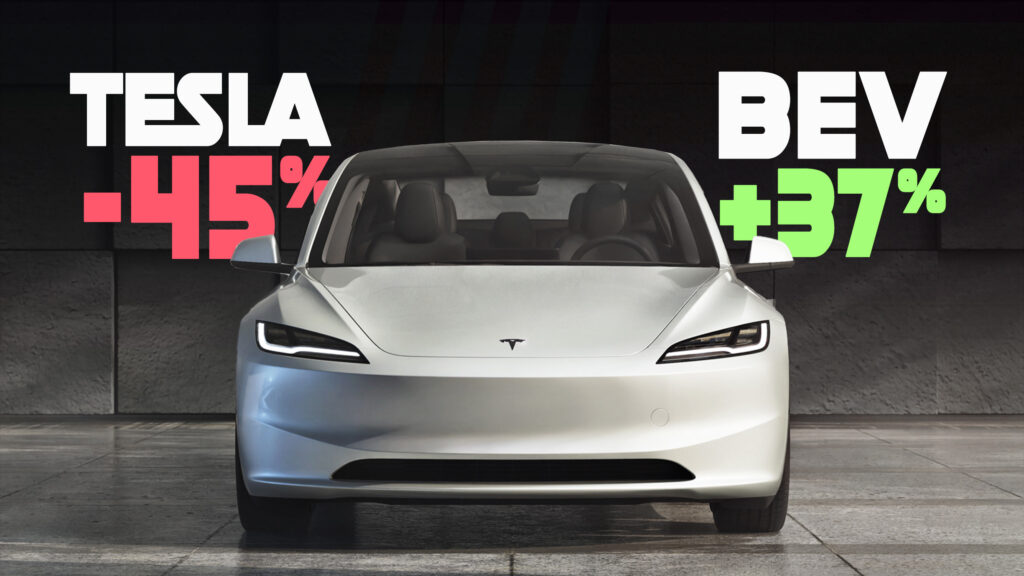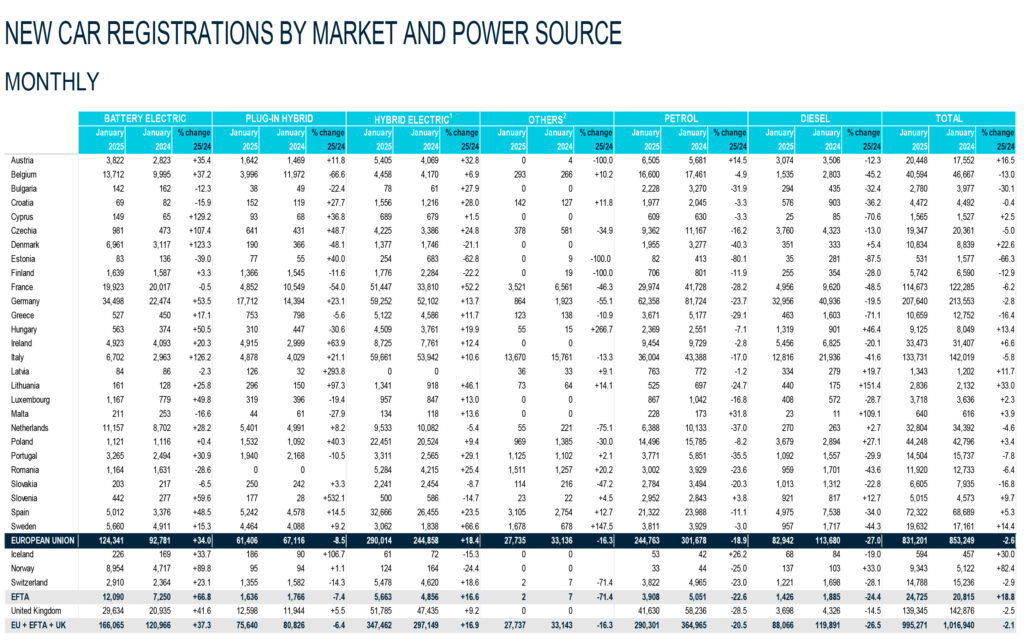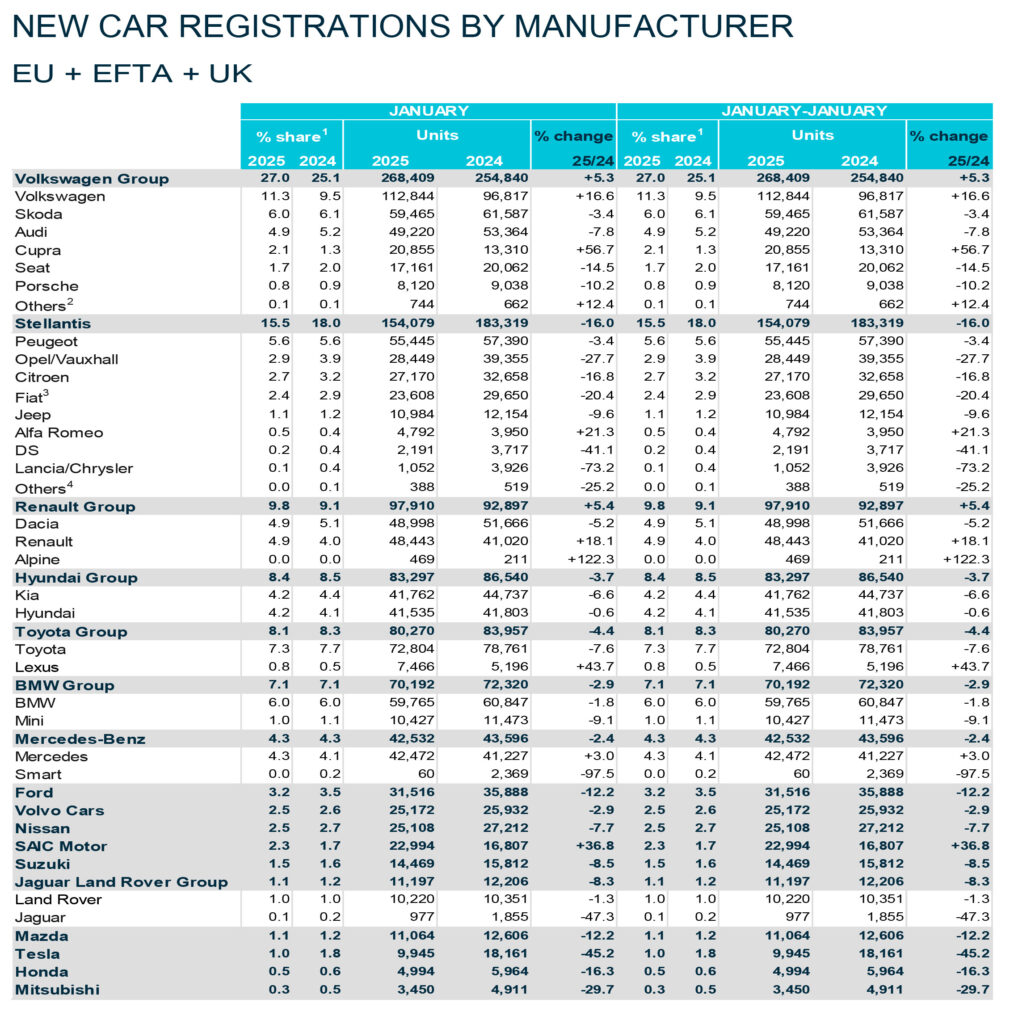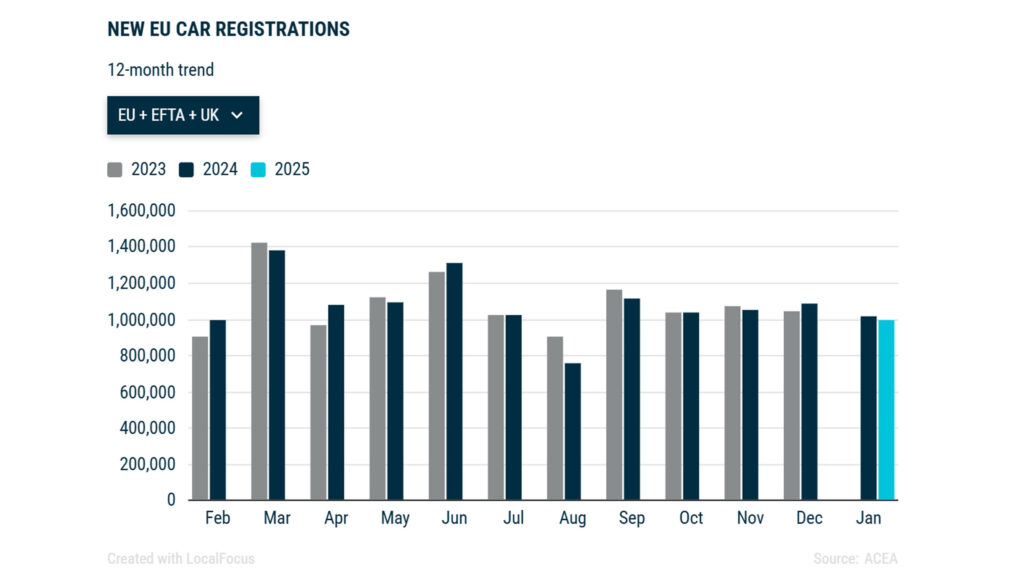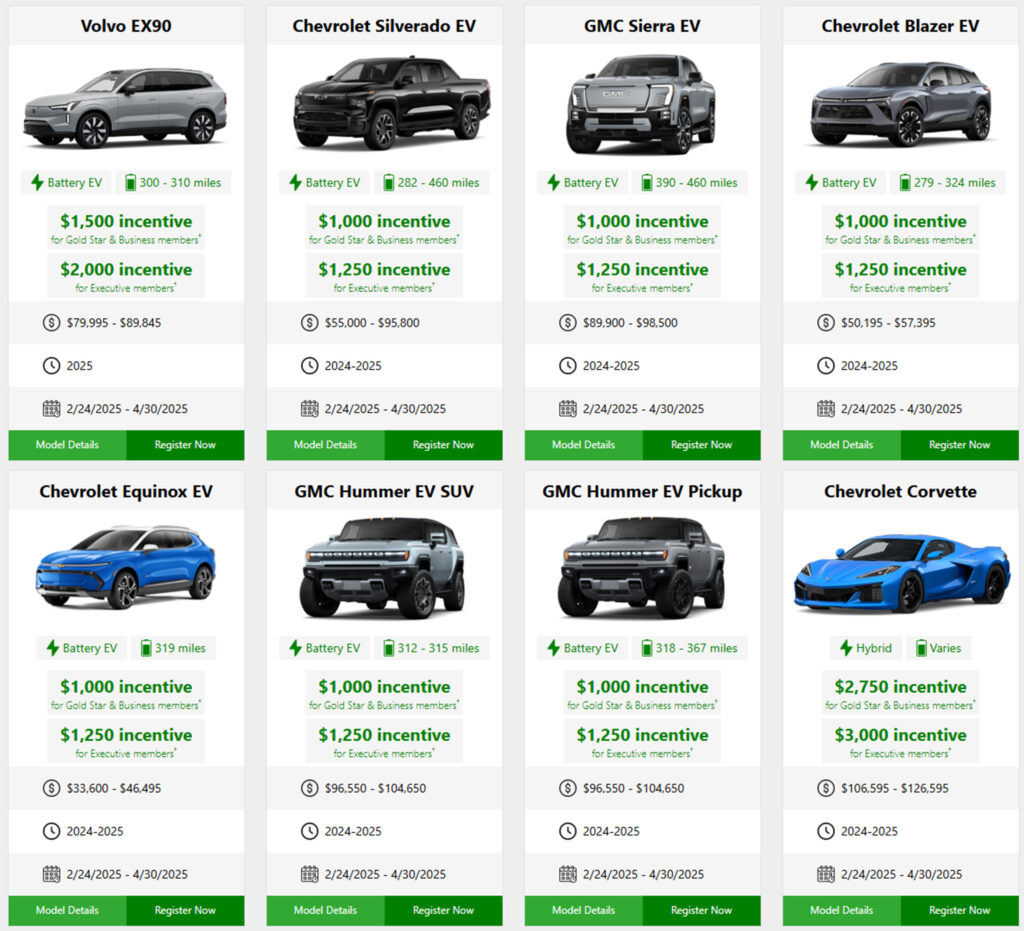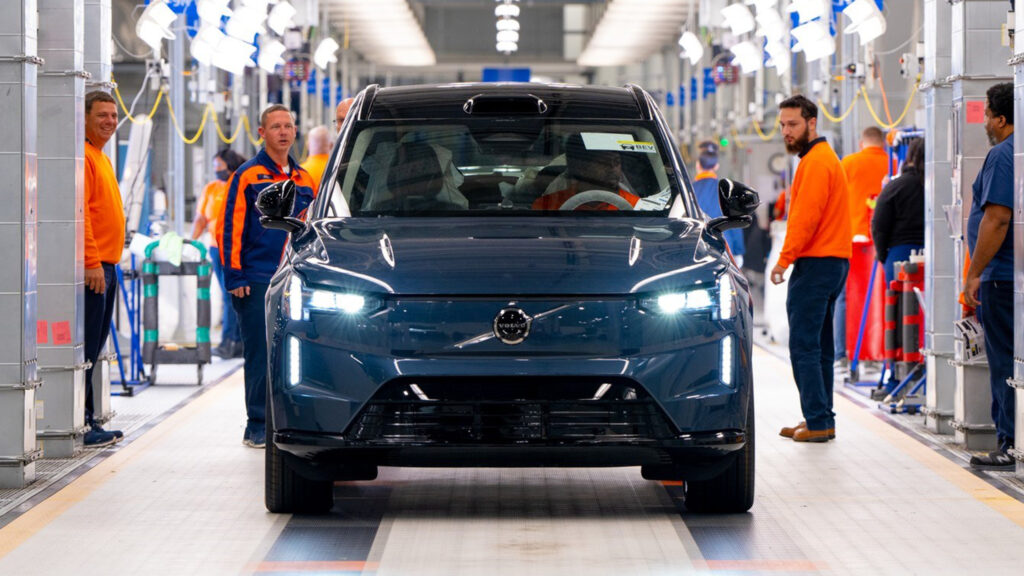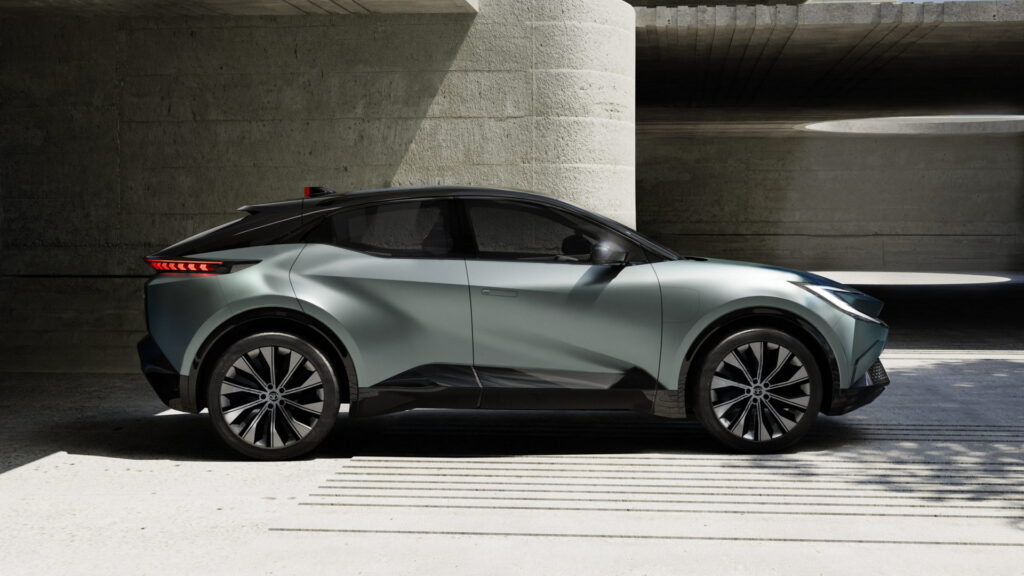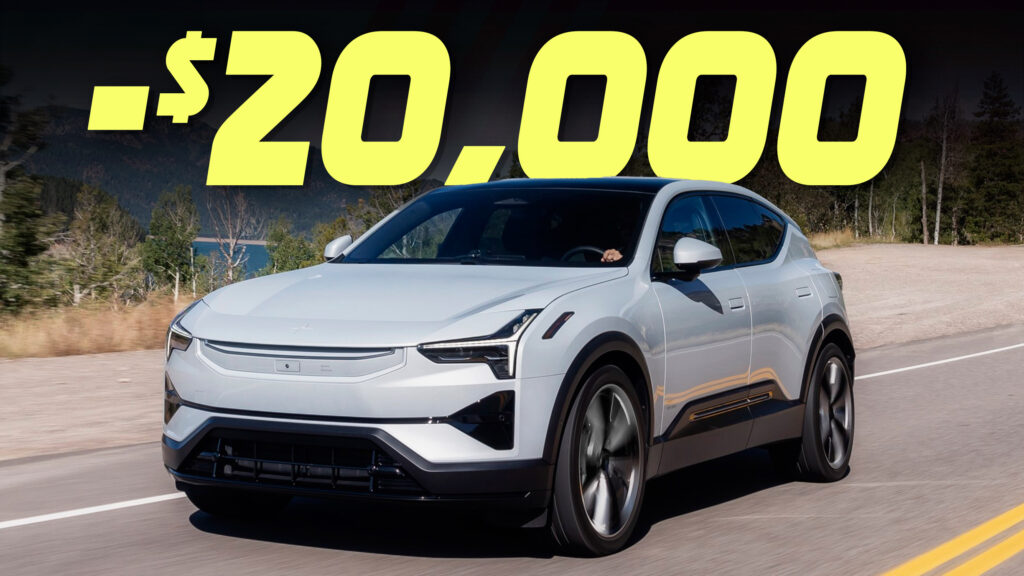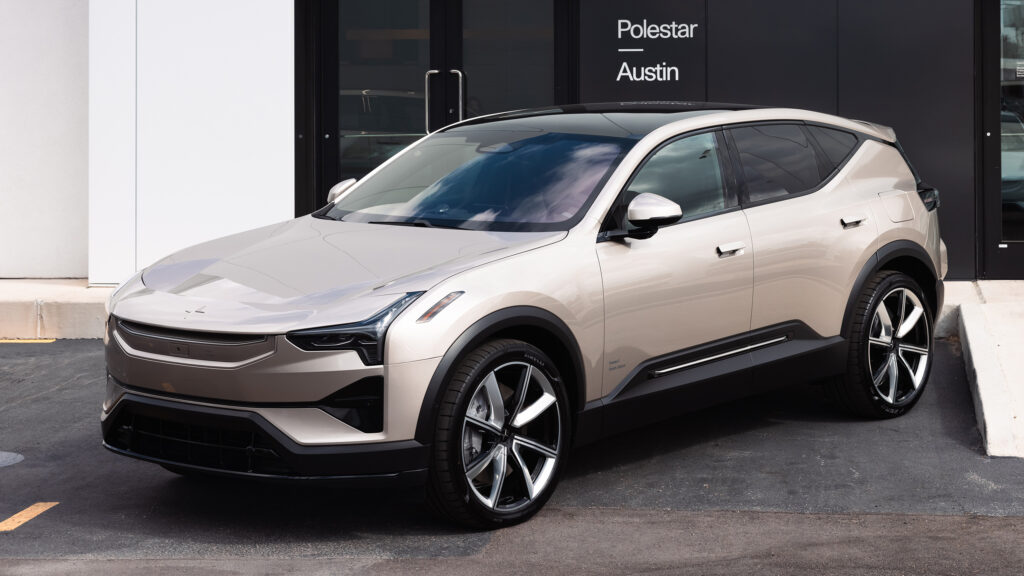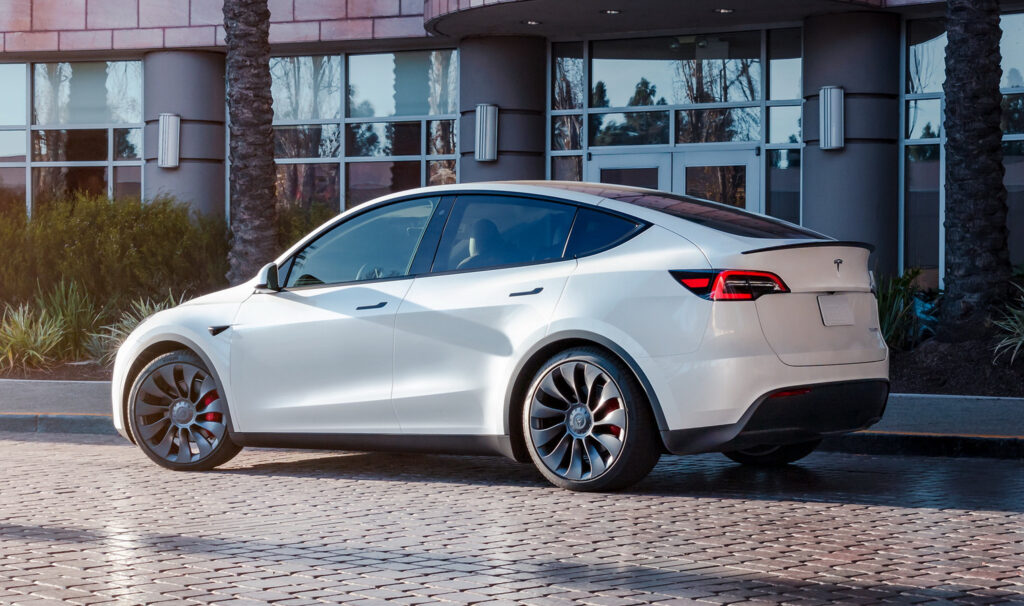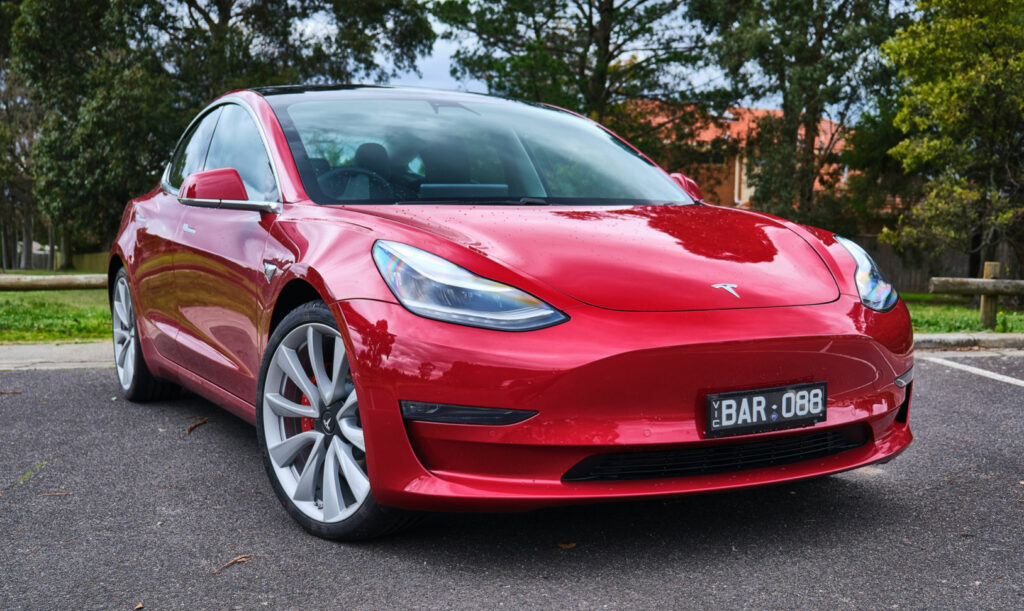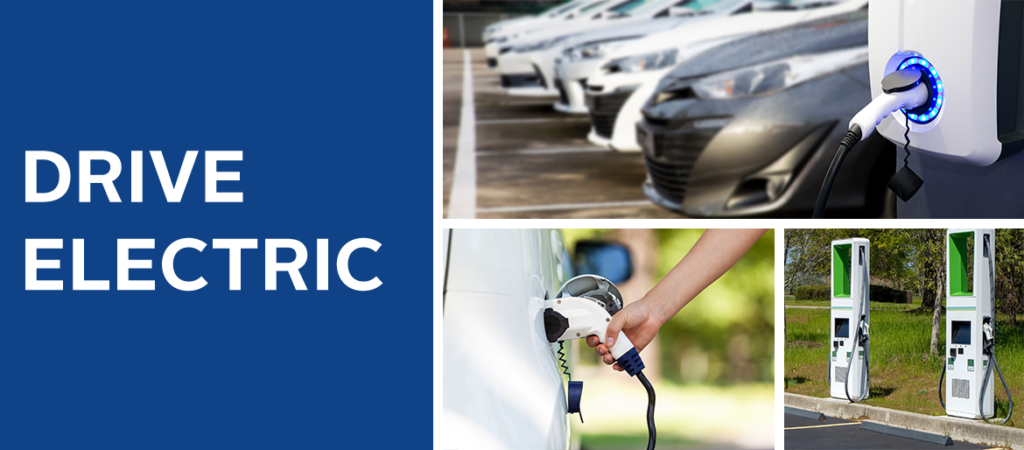Kia EV2 Concept Previews Small Electric SUV For 2026 With Funky Styling

- The Kia Concept EV2 shows the automaker’s vision for a future electric B-SUV.
- The small EV has a stylish exterior and a futuristic cabin focused on practicality.
- The production version will arrive in 2026, available in Europe and other regions.
Kia is quickly expanding its electric vehicle portfolio, covering more segments than ever before. The latest addition to this lineup is the Kia EV2, a small electric SUV that’s set for a 2026 debut, primarily targeting European markets. Unveiled as a concept during the 2025 Kia EV Day in Barcelona, the EV2 offers a glimpse into what we can expect from the production model.
The Concept EV2 shows “the brand’s vision for a future B-segment all-electric SUV”. The zero-emission equivalent of the Stonic will be smallest member of Kia’s EV lineup, at least until the debut of the Picanto-sized Kia EV1 at some point in the future.
Fitting In and Standing Out
The compact dimensions of the Kia EV2, which is smaller than the EV3, mean it will target the lower end of the market. It’ll compete with electric options like the Jeep Avenger and the Mini Aceman. The concept’s exterior features cheeky proportions and a modern design, with elements like quad headlights, rugged plastic cladding, and slim, low-mounted taillights.
More: Kia’s Road-Ready PV5 Looks Just Like Last Year’s Concept
The production EV2 is expected to look very similar to the concept, albeit with a few toned-down features. Judging from earlier Kia offerings we expect the final design to have thicker pillars, larger mirrors, and flush door handles.
Futuristic Cabin, Practical Design
The concept has a futuristic four-seater cabin with a focus on practicality. The suicide rear doors, the lack of central pillars, and the flat floor provide easy access. By folding the rear seats and sliding the front bench backwards, occupants can relax, stretch their legs, or sit on the floor when the vehicle is parked.
Other cool features include the triangular portable speakers on the doors, the wireless charger on the lower portion of the dashboard, the pop-up luggage dividers, and the message lighting on the side windows for communicating with other road users. Naturally, some of these elements won’t make it to production, with the suicide doors and the window lighting being the prime candidates to be ditched in the road-going version.
More: New Mini Aceman EV Is Big On Space, Small In Size
While Kia didn’t announce the technical specifications of the EV2, the production model will most likely ride on a shorter version of the E-GMP architecture. The SUV is expected to be available with a single electric motor and a smaller battery pack compared to the slightly larger EV3, allowing it to be more affordable.
Kia President and CEO, Ho Sung Song, promised that the EV2 will offer technology and practicality “beyond its size”, adding it will support their goal of “making electric vehicles truly accessible for everyone.”
Pricing and Availability
The EV2 is expected to be priced from around €30,000 ($31,400) in Europe when it arrives in 2026. Kia said it will also go on sale in “other regions” without getting into specifics. Still, don’t expect to see the EV2 in North America, unlike the EV3 and EV4 which are expected to be available Stateside.
